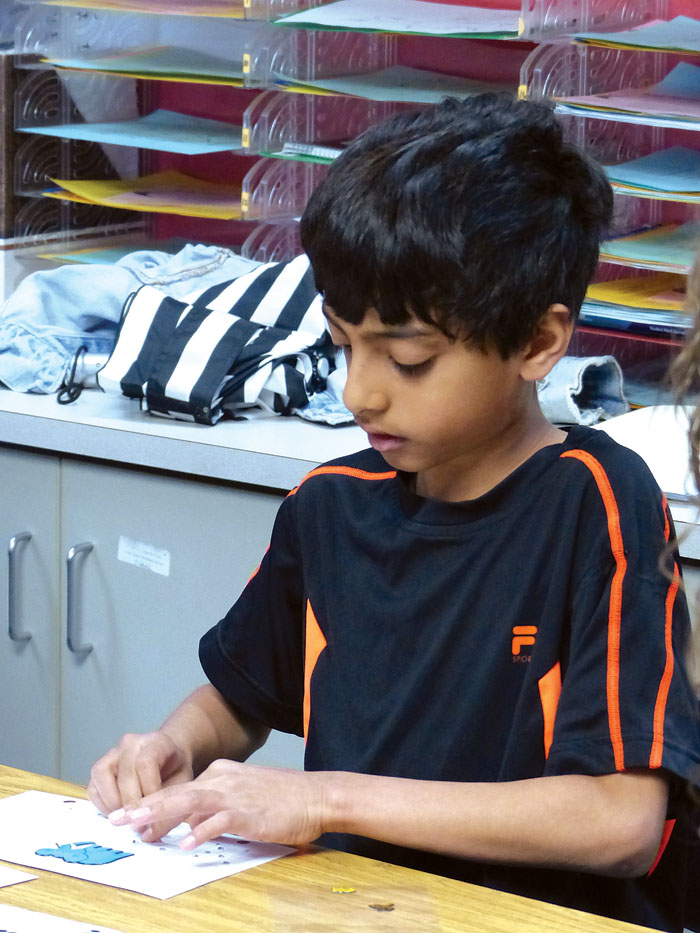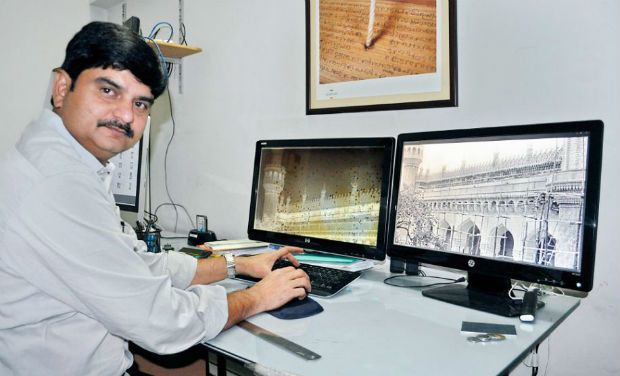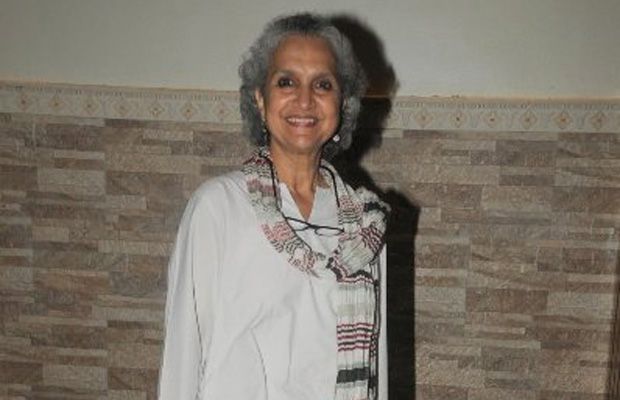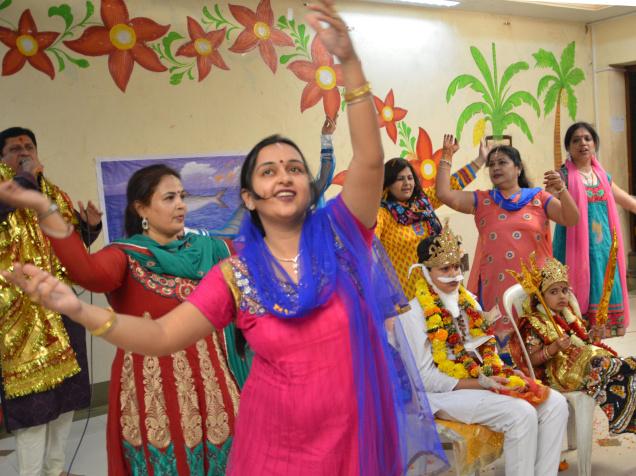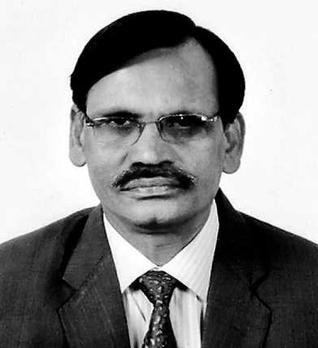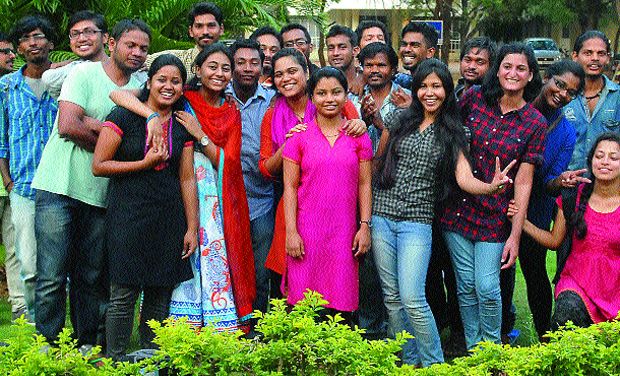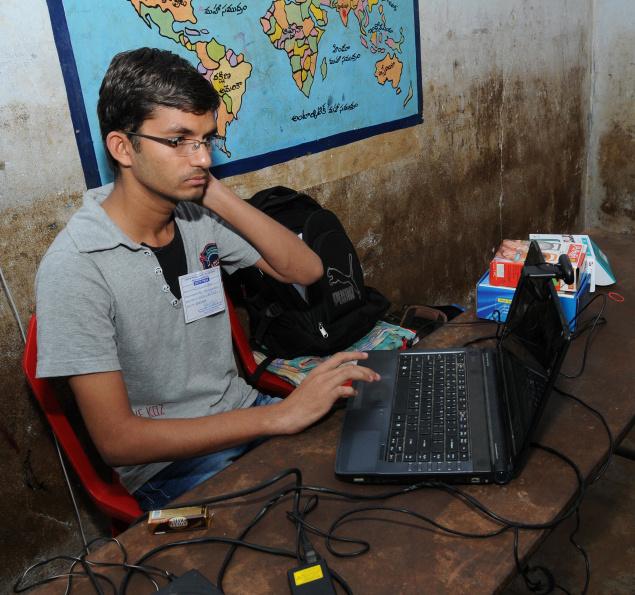SUMMARY
Shantala Shivalingappa,a Kuchipudi dancer from Paris,on her art and winning a Bessie,the Oscars of dance.
____________________________________________________________________________________
In New York City,news of a promising performer spreads quickly. When Shantala Shivalingappa arrived there to dance at a festival in October 2012,more than 2,000 people were waiting in the hall. Among them were students,families and newspaper critics,who had heard of her past concerts in the city. The largely American audience was unaware of Kuchipudi,a classical dance form from Andhra Pradesh,or the story Shivalingappa was about to tell,a legend titled Shiva-Ganga.
Shivalingappa, 37, danced solo, alternating between Shiva, with his feet rooted to the ground and matted hair open to the wind,and Ganga, swaying towards earth with light, easy strides. All I could think of was that an Indian dance form had managed to strike a chord with so many people in the hall, says Shivalingappa. The dancer from Paris who is relatively unknown in India had taken another step in her effort to take the dance form to the Western audience.
That performance garnered Shivalingappa more than a host of new fans. A year later,in October 2013, Shiva-Ganga won an award for Outstanding Performance at the New York Dance and Performance Awards,popularly called the Bessies,and known as the international dance worlds version of the Oscars. It was a first for Indian classical dance or for any South Asian dance form. In India the event went unnoticed. It was an exciting experience because there are many dances nominated for the Bessies,from street dance to ballet to Western contemporary. The award for an Indian classical dance showed that art has no boundaries, says Shivalingappa.
Shivalingappa says her story begins even before she was born. Her parents met in Paris as students and have lived there since 1967-68. Shivalingappas mother,Savitry Nair,was a Bharatanatyam dancer,and her father worked with Unesco. I have no other city to compare the Paris of my childhood to,so I could be biased. Paris has a strong cultural tradition,with people visiting museums and musical evenings from a young age, she says.
Their home was a meeting point for dancers,artists and performers. Among those who would drop by for a meal or an impromptu home concert was the German pioneer of dance-theatre,Pina Bausch,Maurice Bejart,a Swiss-French neo-ballet choreographer,vocalists Bhimsen Joshi and M Balamuralikrishna,and mandolin maestro U Shrinivas. In 1985,Mandolin Shrinivas was to perform at a festival of India in Paris. Unlike the other artistes,he was very young,only 15. I was a child so I quite liked to listen to him play. It opened my heart to Carnatic music, she says.
Shivalingappa began training in Bharatanatyam and began taking singing lessons from her mother when she was five years old. Unsurprisingly,these were just a part of life,like going to school. Dance and music werent more special than anything else I was doing, she says. Until one day,when her mother took Shivalingappa to the academy of her guru Vempati Chinna Sathyam in Chennai,to learn a few kuchipudi steps for a project she was doing in London. The masters son demonstrated the shiva tandava for me,and it was like nothing else I had known. I wanted nothing,other than to learn this dance form and share it with others. I thought,Everybody should know about Kuchipudi in the West.
She turned to Sathyam to learn Kuchipudi,staying in Chennai for six months at a time. There were endless hours of classes,steps,jatis and choreographies. My masters style of Kuchipudi was a combination of strong and powerful footwork and graceful,full-of-curves upper body moves. The impact was not only intellectual; I felt it all through my body, she says.
Shivalingappa didnt need to be told that the secret to mastering a classical dance is time,time and time. I had come from Bharatanatyam,so my posture was angular and geometrical,which was a good thing. Kuchipudi,however,is as much about crisp lines as fluidity and sway and this was very difficult for me, she says. The coexistence of contrasts in Kuchipudi is also what attracted Shivalingappa the balance between geometric precision and graceful curves. I gave it all the time I could,learning at the academy from 9 am to 1 pm,then again from 5 pm to 7 pm,and putting in extra hours before,after and in between classes, she says. She was 16 and dance occupied her every waking moment. ; When I wasn’t practising,I was observing the master and his senior disciples. I wasn’t interested in anything else, she says.
Since her teens,Shivalingappa had been performing for some of the biggest names in the international dance and theatre circuit. Peter Brook cast her as Miranda in in his adaptation of The Tempest (1990) and Ophelia in Hamlet (2000). Bausch featured her in a series of shows,such as O Dido (1999),Nefes (2003),Bamboo Blues (2007) and Solo (2007); and Bejart directed her dance solo,1789…et nous,for the bi-centenary celebrations of the French Revolution in 1989. Crowds and critics alike,woke up to the dusky Indian dancer with lyrical movements. Alastair Macaulay,chief dance critic of The New York Times,was among those impressed by Shivalingappas witty charm. In many ways,my Western collaborations have nourished my Kuchipudi. My sense of how to use space,approach body language,isolate and refine every element in a dance and control the speed of various sequences,all these can be traced back to the Western artistes I worked with, says Shivalingappa.
In time, Shivalingappa used her Western shows and her growing popularity with audiences to stage pure Kuchipudi shows in Paris,Venice,Madrid,Barcelona,New York,Seattle and San Francisco,among others. The concerts would always be held in big theatres,rather than at Indian festivals and be of very high quality. That put Kuchipudi in a high arena,and I banked on the fact that if people liked what I was doing,they would give me a chance and open more doors, she says.
Among her popular pieces are Gamaka (2007) inspired by Indian classical music and describing the oscillation or vibration of sound between two musical notes,Swayambhu (2010) in which the dancer becomes an artisan-alchemist,who seeks the right combination of material to give rise to pure expression,and Akasha (2013),from the Sanskrit word for sky or space.
Currently in Sydney,she is busy rehearsing with Australian choreographer Shaun Parker for a piece that will open at the Sydney Opera House on January 9. She is also looking forward to showcasing her solo work at the Parks New Festival 2014 in the four metros,Bangalore and Hyderabad in August and September. Though I was born in India,and have performed twice at Kalakshetra (a training and performance centre started by Rukmini Devi Arundale in Chennai),this will be the first major tour of my solo shows, she says over the phone.
Shivalingappa often cites the example of Pt Ravi Shankar who took Indian music to foreign audiences and created a worldwide impact. She herself represents a small group of artistes who live abroad and have mastered an Indian art thus expanding its definition. Living away from India actually sharpens our senses to Indian elements and arts. For me,both the East and the West coexist in a performance, she says.
source: http://www.indianexpress.com / The Indian Express / Home> News-Archive> Web / by Dipanita Nath / January 05th, 2014

